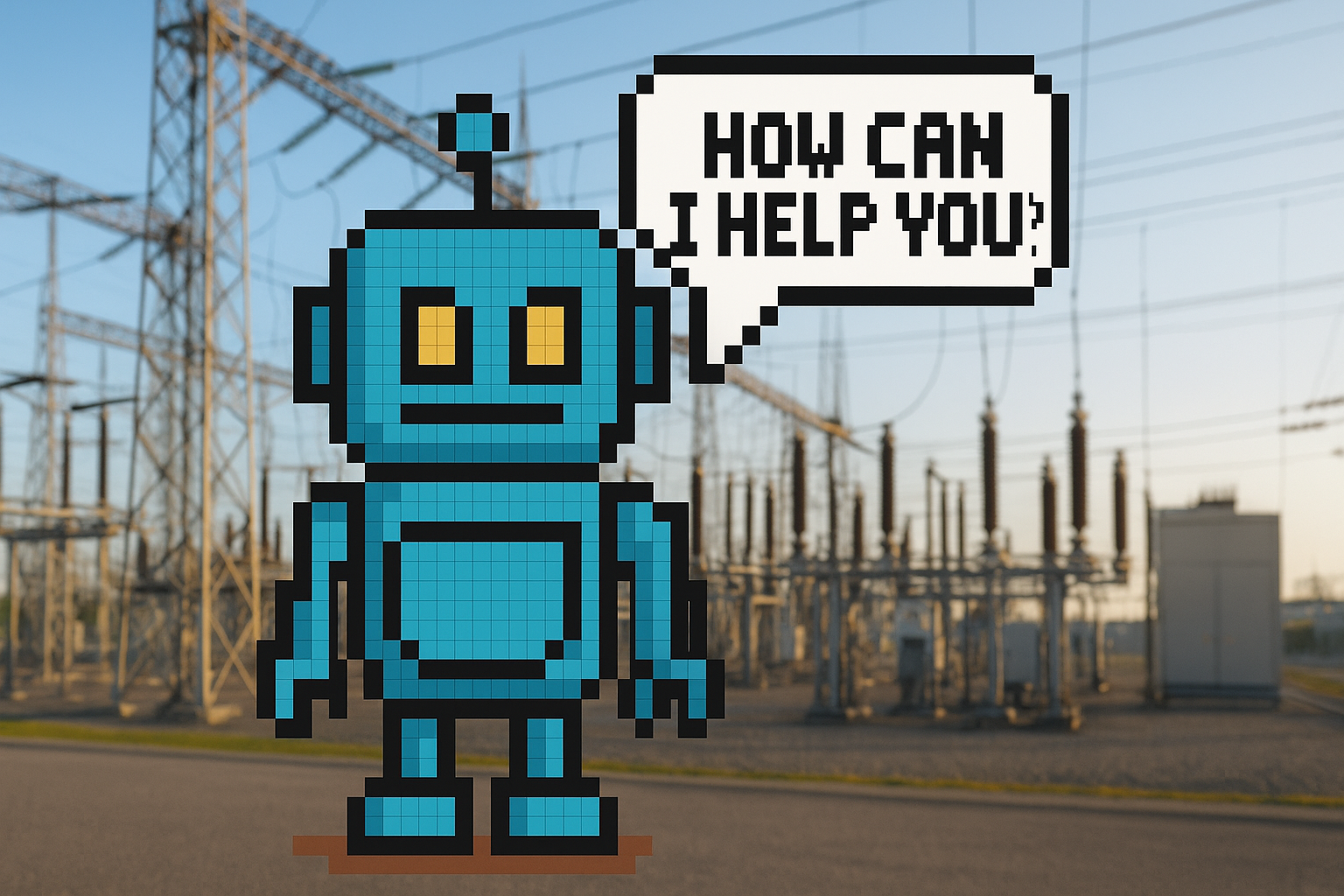When I think about conversational AI, our minds often go to customer service bots or voice assistants—but its potential for social good is far more transformative. From breaking barriers in education to supporting mental health, conversational AI is proving it can drive real change.
As a designer, I’m fascinated by how this technology is already showing up in critical areas—and also mindful of the responsibility it carries. We have the power to shape how these systems behave, how they build trust, and how they empower people.
“We’re not just designing tools—we’re shaping support systems that meet people where they are.”
Where Conversational AI Is Making a Difference
Mental Health Support
Conversational AI is making mental health care more accessible, especially for those who can’t easily reach a therapist. Tools like Woebot offer 24/7 emotional support using Cognitive Behavioral Therapy techniques. They’re not a replacement for professionals—but they can fill crucial gaps and offer immediate relief. For people facing anxiety, depression, or loneliness, even a small moment of connection can make a real difference.
Education for All
AI tutors and chatbots are transforming education. These platforms adapt to a student’s level and pace, helping learners in underserved communities access the help they need. Whether it’s a chatbot walking through a math problem or giving feedback on writing, the scalability is a game-changer. Teachers are also using these tools to supplement their instruction, reaching more students without sacrificing quality.
Disaster Response & Crisis Management
In emergencies, conversational AI delivers real-time updates and directs people to safety. Organizations like the Red Cross are leveraging it to answer questions fast and reliably, even when human responders are overwhelmed. The right message at the right time can literally save lives. Imagine an AI chatbot that guides someone through a hurricane evacuation or helps them find nearby shelter—it’s already happening.
Accessibility
Conversational AI can enable more independence for people with disabilities. Voice-controlled devices, screen readers, and text-to-speech systems offer access to technology that many of us take for granted. These tools reduce friction, allowing users to interact in ways that work best for them. It’s a powerful reminder that inclusive design improves life for everyone.
“When designed with intention, AI becomes not just efficient—but equitable.”
Support for Refugees and Displaced Populations
AI is being used to translate languages, help displaced individuals find services, and navigate new bureaucratic systems in unfamiliar countries. These tools can remove the friction from overwhelming processes and offer a sense of dignity and empowerment during incredibly difficult times.
The Challenges That Keep Us Honest
Ethical Concerns
Who decides what an AI system should or shouldn’t say? And what happens when training data carries inherent bias? These aren’t just technical questions—they’re ethical design challenges. We must constantly ask: Who is this for? Who might it unintentionally exclude or harm? Transparency, auditability, and inclusive testing must be baked into our design process.
Privacy & Data Security
People often share deeply personal information with AI systems—especially in health or crisis situations. We need to earn that trust by clearly communicating what’s collected, why, and how it’s protected. Privacy settings shouldn’t be hidden—they should be embedded into the interaction. Designing frictionless yet empowering controls gives users back agency over their data.
Access to Technology
While conversational AI has democratizing potential, it depends on access to devices and internet connectivity—resources still unavailable in many regions. Bridging that divide is essential to ensure that the benefits of AI are truly universal. We need creative approaches that consider offline functionality, SMS-based systems, and lower-bandwidth solutions.
Sustainability
Training AI models requires enormous computational power, raising environmental concerns. As we scale innovation, we also need to think about sustainable practices and long-term impact. Designers should consider not only the carbon cost of the systems they help build but also whether each interaction adds meaningful value.
Why This Work Matters
Conversational AI has immense potential to create positive change—but it must be guided responsibly. As designers, we have an opportunity—and an obligation—to shape how AI serves the public good. That includes building empathetic interactions, addressing ethical concerns, and constantly asking how we can do better. We’re designing not just products—but possibilities.
What do you think? How do you see conversational AI driving social good? Are there challenges or opportunities we should be prioritizing? I’d love to hear your thoughts—let’s continue the conversation.



